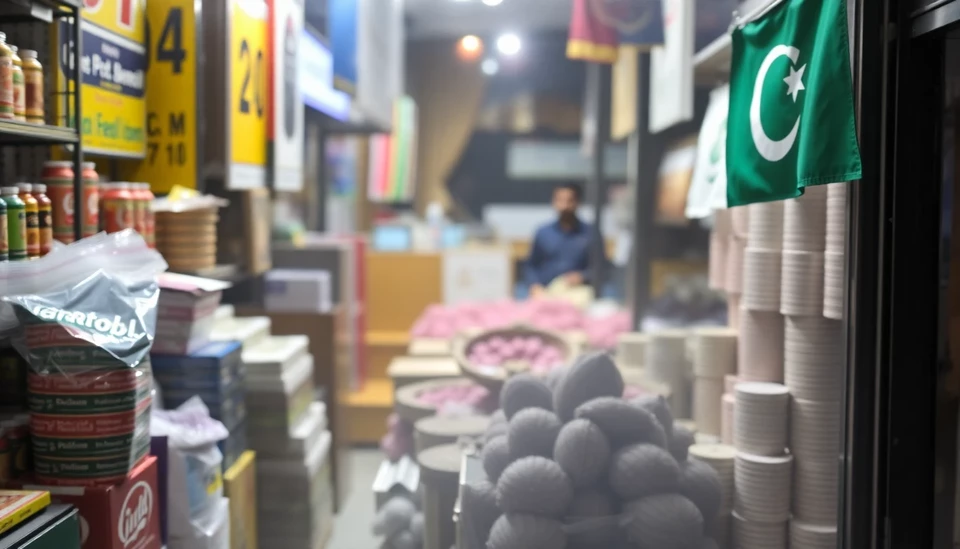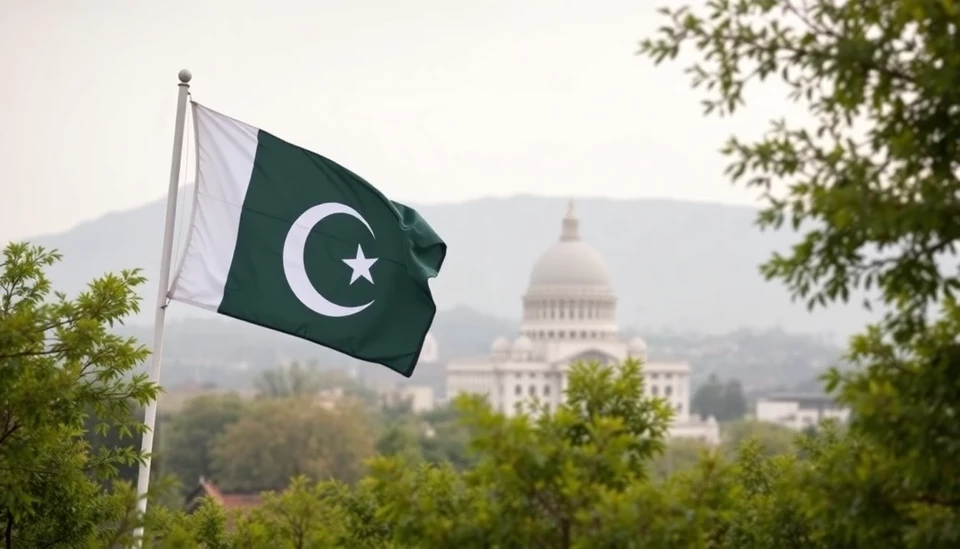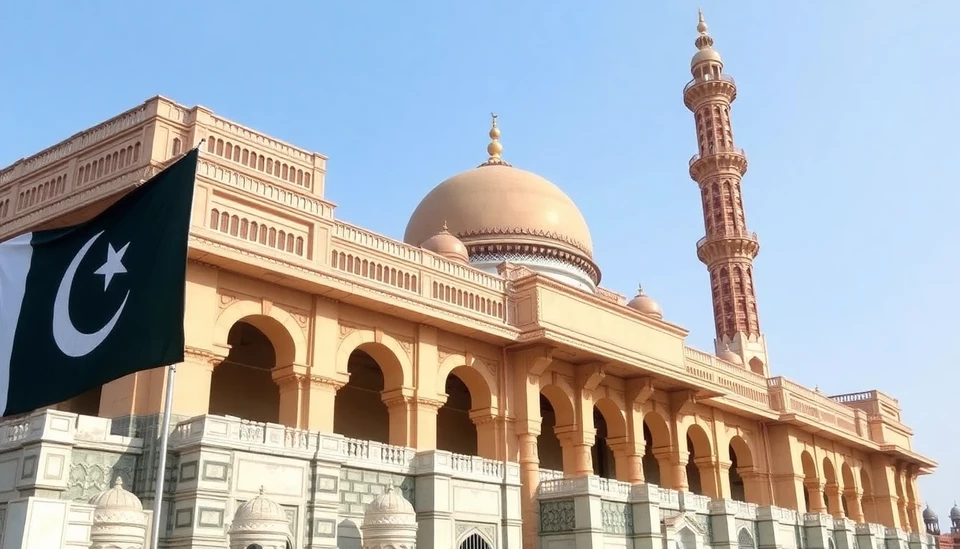
In a significant economic development, Pakistan has reported a remarkable decrease in inflation rates, with the figure dropping below 1% in March 2025. This new milestone marks the lowest level of inflation observed in the country, signaling a potential shift towards greater economic stability. The latest report from the Pakistan Bureau of Statistics reveals that inflation was recorded at just 0.9%, considerably lower than previous months, a trend attributed to a slew of factors aimed at stabilizing the economy.
This notable decline in inflation is primarily attributed to a sharp reduction in food prices, which have historically been a significant contributor to overall inflation figures in Pakistan. The data shows that the prices of essential commodities such as wheat, rice, and vegetables have fallen substantially, providing much-needed relief to consumers who have been grappling with rising living costs for years. Scenario analysis indicates that improved agricultural yields and favorable weather conditions during the previous harvest season have played a crucial role in this positive trend.
In addition to food prices, other components of the Consumer Price Index (CPI) have also shown a downward trend. Energy prices, which have been notoriously volatile, have begun to stabilize, further supporting the overall decrease in inflation rates. Analysts suggest that government interventions, including subsidies and price controls, have contributed significantly to this stabilization, which is vital for maintaining the purchasing power of the average consumer.
Economists are now cautiously optimistic about the implications of this trend for the overall economic landscape of Pakistan. With inflation rates cooling, there is potential for enhanced consumer confidence which could, in turn, stimulate economic activity and investment. Local businesses are expected to benefit from the increased purchasing power of consumers, potentially leading to higher demands for goods and services.
The State Bank of Pakistan (SBP) has also reacted positively to these developments, indicating that the monetary policies that have been in place are starting to bear fruit. The SBP has been focusing on tightening its monetary policy in recent months in an attempt to curb inflation, and this latest data suggests that their efforts may be yielding the desired outcomes.
While this news is certainly encouraging, experts warn that the situation remains delicate. They stress the importance of sustaining this positive momentum and caution against complacency. Concerns about potential external economic shocks, including fluctuations in global commodity prices and geopolitical tensions, could still pose risks to Pakistan’s nascent recovery. Policymakers will need to remain vigilant and proactive to safeguard against any adverse developments that could threaten the hard-won gains in inflation control.
The overarching hope is that this trend of declining inflation will lay the groundwork for more robust economic growth. With several challenges still ahead, the government’s ability to navigate these hurdles effectively will determine whether Pakistan can maintain its current trajectory towards economic stability and prosperity.
As the country looks ahead, all eyes will be on the upcoming fiscal policies and economic reforms deemed essential for steering the nation through its ongoing transitional phase. The focus will be on not only retaining these low inflation levels but also enhancing the productivity and competitiveness of the economy as a whole.
In summary, Pakistan's inflation rate dipping below 1% marks an important milestone and reflects the country's efforts in recent years to stabilize its economy. The broader implications of this decline might lead to improved consumer confidence and a boost for the local economy, provided that the government remains proactive in its economic strategies.
#Pakistan #Inflation #EconomicGrowth #ConsumerConfidence #FoodPrices #StateBankOfPakistan
Author: Laura Mitchell




